ARENA DI VERONA
The Arena is the most famous monument in Verona, situated in the heart of the city centre. Built in the 1st century A.D. with the marble of the area just outside Verona, it is a Roman amphitheatre in extremely good conditions (some say it is the best preserved amphitheatre of the world). Originally, its primary function was to host the gladiator’s competitions, which made it the focus of the social life of the city. At that time it could host up to 30.000 people, a number that decreased in recent times due to the addition of a stage. In fact, nowadays the Arena is used for theatre plays and concerts, but most of all for the opera festival, which has been held every summer for more than 100 years. The so-called Festival Lirico began in 1913 with the Aida by Giuseppe Verdi, which was chosen to celebrate the hundredth anniversary of the artist's birth. Apart from it, another beloved event that takes place in the Arena is "Arena On Ice", an ice-skating show for which the Arena is turned into a majestic ice-skating rink for one night.
PIAZZA ERBE
Coming from Via Mazzini or from Juliet’s House, from Porta Borsari or Sant’Anastasia Church, every street of the old centre brings to this beautiful square.Old Roman forum, the square hosts a busy and picturesque market (every day except Sunday). In the centre of the square you can see the Madonna Verona Fountain and the Capital.
The square is framed by many palaces, some of them called Case Mazzanti, with many frescoes; the Lamberti Tower; on the left the Case del Ghetto and the Domus Mercatorum. In the background you can see the Gardello Tower and the Maffei Palace.
PIAZZA DEI SIGNORI
Considered the magnificent and refined living room of Verona, this square is also called “Piazza Dante”, for the statue of Dante Alighieri you can see in the centre.In this square you can admire many palaces: the Palazzo della Ragione and Cortile Mercato Vecchio, the Palazzo del Capitano and Palazzo del Governo, the Loggia del Consiglio and the Domus Nova.
Passing the Palazzo del Capitano you must visit the Arche Scaligere, the monumental graves of the Lords of Verona, near the S. Maria Antica Church.
CASA DI GIULIETTA
The building, dating back to the XIII century, was the Cappello family’s property for a long time, whose coat of arms is carved in the inner yard arch. The identification of the Cappellos with the Capulets gave birth to the idea that there stood the House of Juliet, Shakespeare’s tragic heroine.The medieval dwelling, picturesquelly restored by Antonio Avena around the mid ‘30s, was allocated for temporary exhibitions in the recent past. The building has a beautiful internal open-brick façade, a gothic styleed portal, trilobated windows, an external balustrade linking the different bodies of the house, and the celebrated balcony. In the courtyard there is the bronze statue of Juliet by the sculptor Nereo Costantini: it is said that those who touch one of the statue's breasts will be blessed with good luck in their love lives.
PONTE PIETRA
The bridge was built over a natural ford in the river, originally in wood, and later in white and pink stone. The original Roman arches can still be seen from the left bank of the Adige, as can the remnants of the Roman wall which contained the river. The bridge collapsed several times over the ages and was rebuilt in the style of the times: the section on the Adige’s right bank dates back to the Middle Ages, with certain features added on by Alberto della Scala in 1298 (several towers, only one of them still standing and recently restored). The two main arches were renovated in 1520 during Venetian Domination.The alternating bands of the red brick and white stone make the bridge a memorable sight, and it is the union of various architectural styles reflecting the various historical periods that makes the bridge so fascinating, together with the Castelvecchio Bridge and Scaligero Bridge.
CASTELVECCHIO and PONTE SCALIGERO
The great and most spectacular medieval edifice in Verona. It was constructed on the banks of the Adige by Cangrande II della Scala in 1354 in order to defend Verona’s people and also to have a possible escape-route northwards where his Austrian relatives lived.If you look at it closely, the Ponte Scaligero, with its red-brick walls and soaring arches, is asymmetrical and slopes down towards the Adige’s left bank, so as to facilitate a quick “get-away” to the country-side.
The main restoration of the castle, in 1957, made by the architect Carlo Scarpa and by the director of the museum Licisco Magagnato, gave the museum its actual structure, with 29 rooms of paintings, sculptures, weapons and more, from 1300 to 1700.
PORTA BORSARI
Porta Borsari was the representative door of the Roman city; at that time it had the name of Porta Iovia, for being close to Jupiter's temple. The actual name refers to the "borsari", the soldiers that use to collect the duties to enter the city. What remains today of the door is the facade in white stone, the rest has been completely destroyed. On the buildings on the left we can still see remains of the old wall, used as the basis for the new buildings..
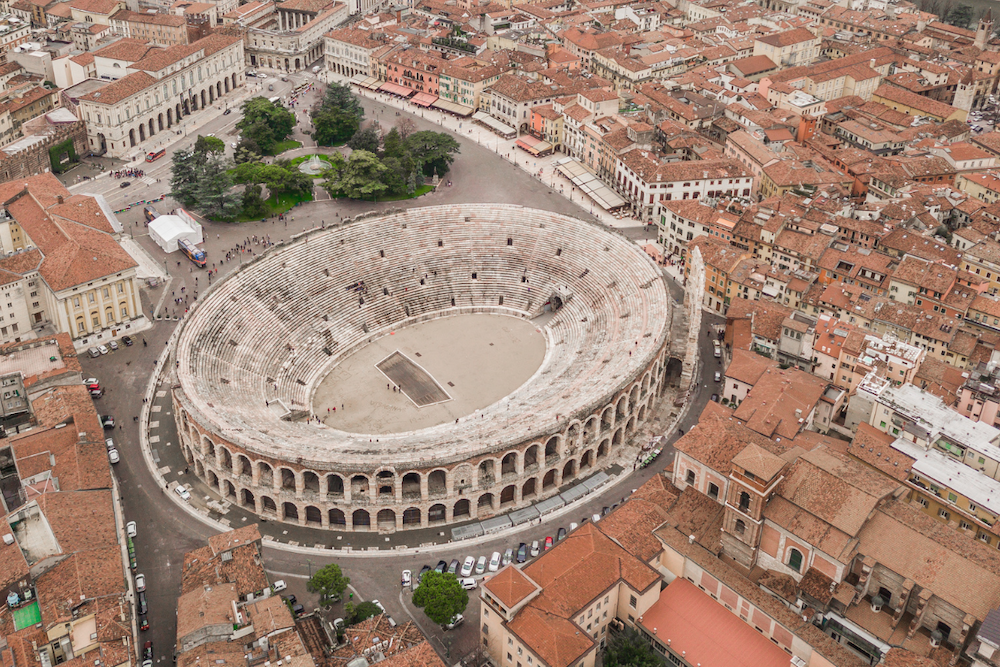
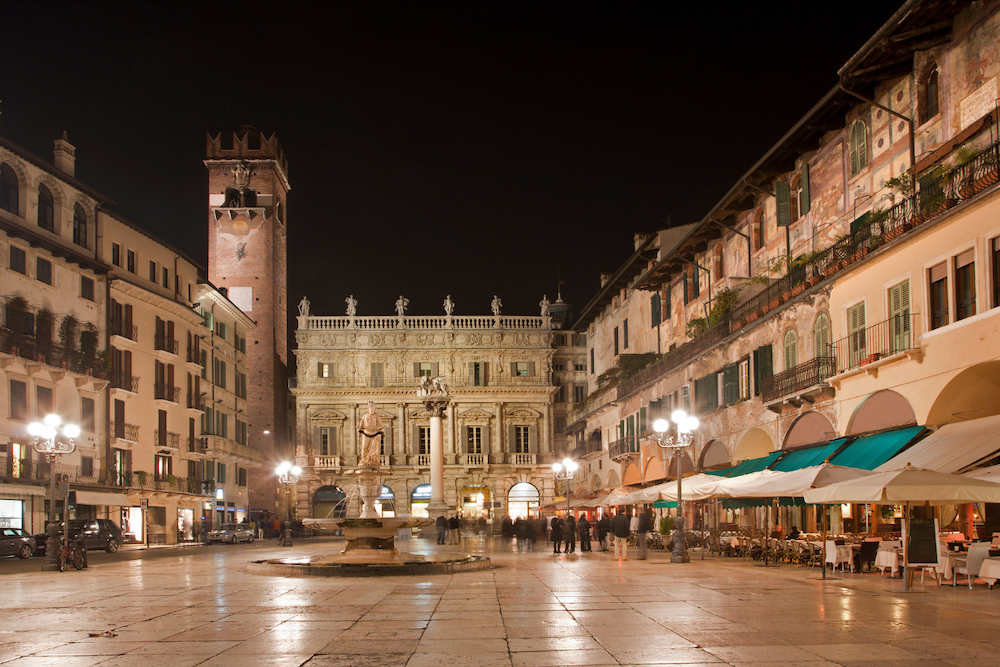
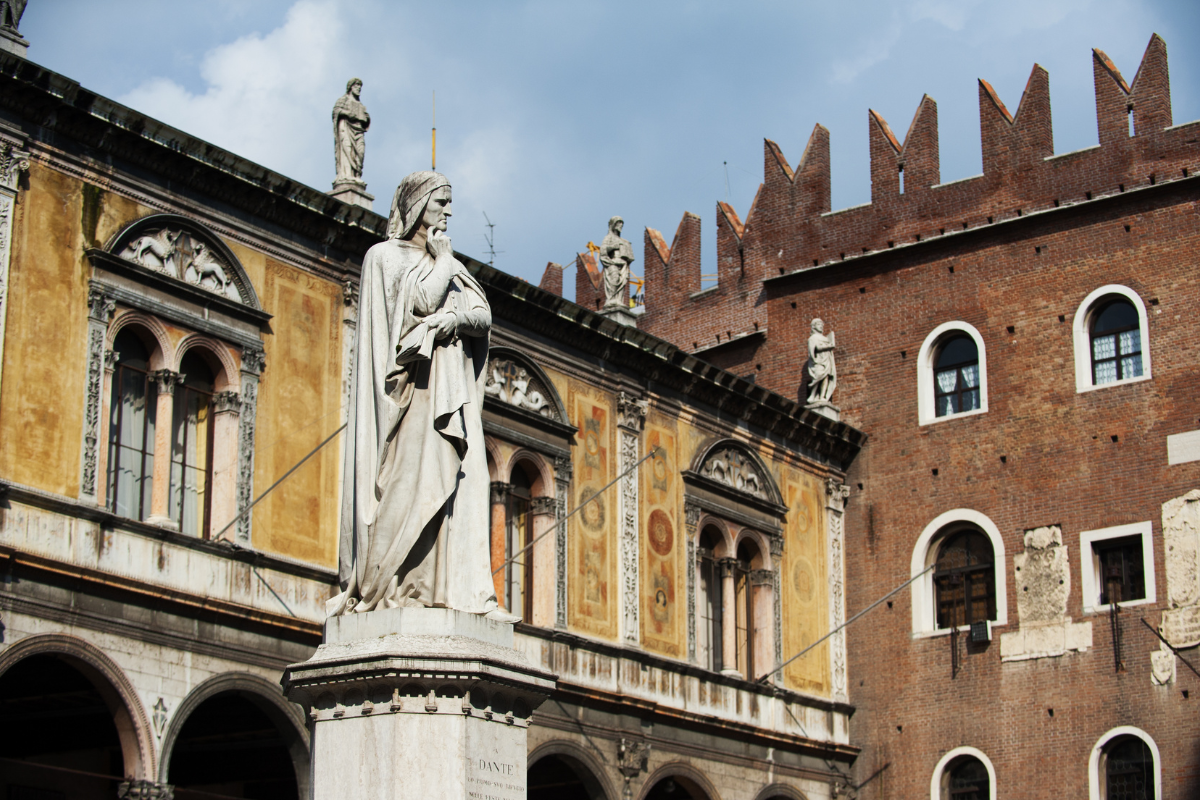
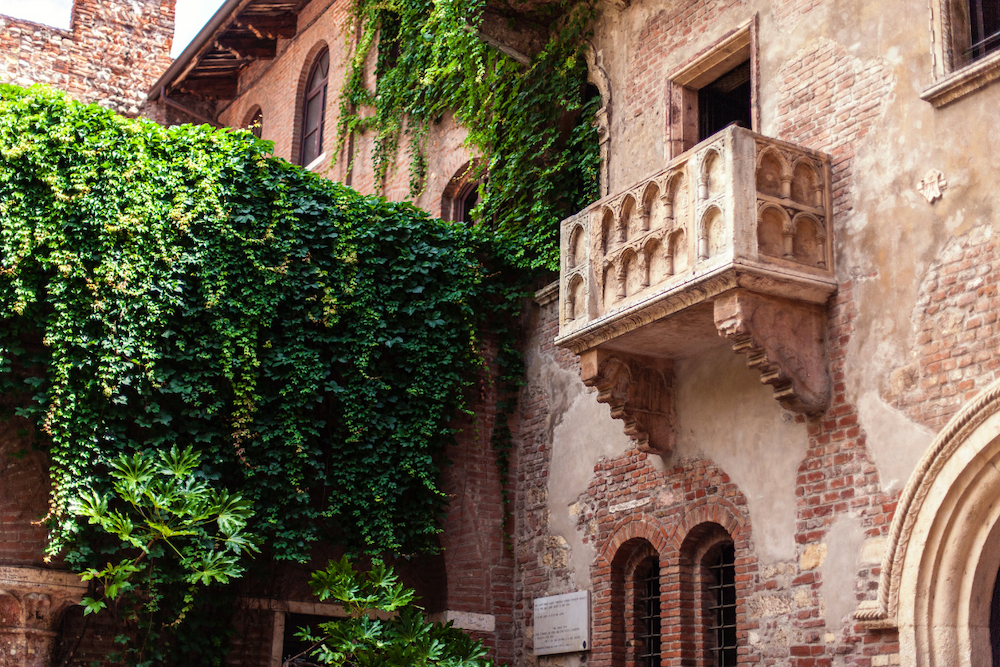

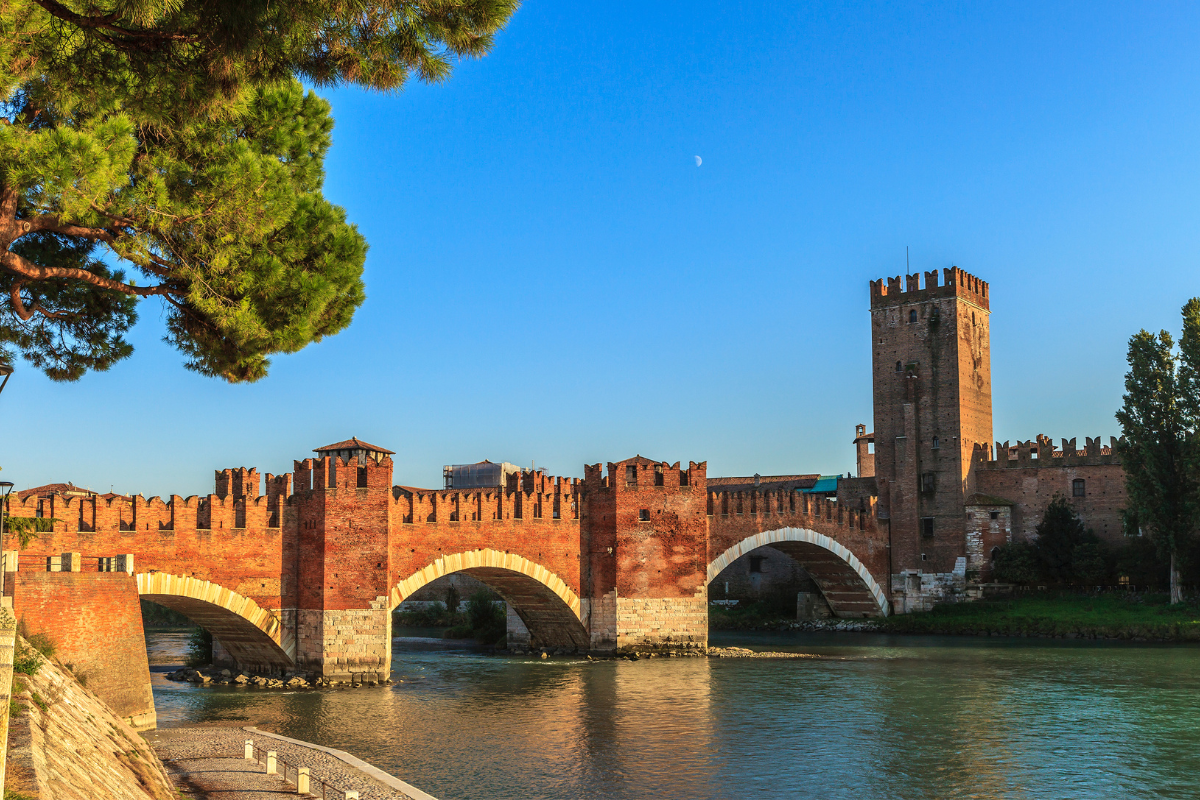
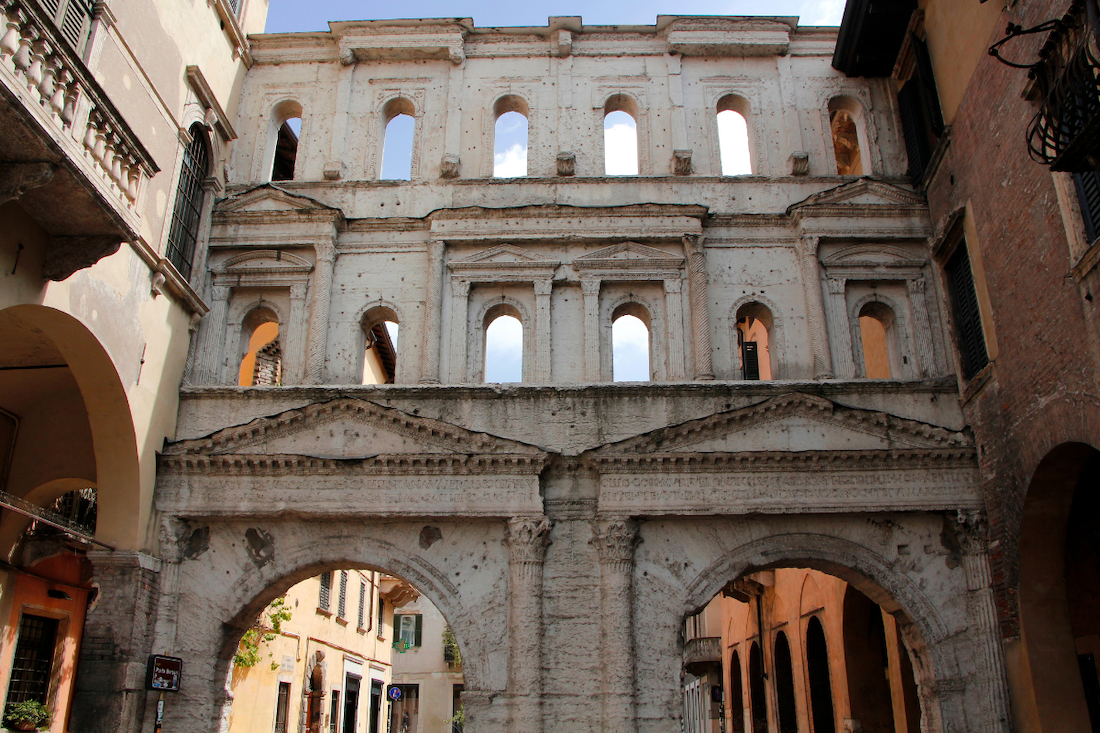
Follow us